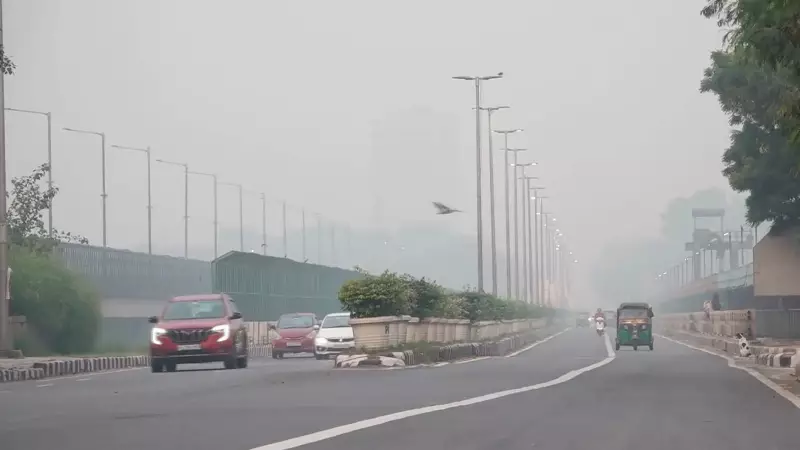
The morning after Diwali celebrations, Delhi residents woke up to a familiar environmental nightmare as the city's air quality deteriorated significantly, entering the 'Very Poor' category across multiple monitoring stations.
According to the Central Pollution Control Board's (CPCB) 4 pm bulletin, the overall Air Quality Index (AQI) stood at 281, firmly placing it in the 'Poor' to 'Very Poor' range. The System of Air Quality and Weather Forecasting and Research (SAFAR) reported similar concerning readings.
Key Areas Most Affected
Several monitoring stations recorded alarming AQI levels that crossed into hazardous territory:
- Anand Vihar: 322 (Very Poor)
- Bawana: 306 (Very Poor)
- Dwarka Sector 8: 302 (Very Poor)
- ITO: 314 (Very Poor)
- Punjabi Bagh: 303 (Very Poor)
What's Causing the Toxic Smog?
Multiple factors contributed to this sudden deterioration in air quality:
- Firecracker Violations: Despite bans and restrictions, several areas reported firecracker bursting throughout the night
- Weather Conditions: Calm winds and low temperatures prevented pollutant dispersion
- Agricultural Burning: Stubble burning from neighboring states continued to affect Delhi's air
- Local Pollution: Vehicular emissions and construction activities added to the toxic mix
Health Advisory Issued
Medical experts have warned residents, particularly those with respiratory conditions, to take precautions. 'People with asthma, bronchitis, or other lung diseases should avoid morning walks and outdoor activities,' advised Dr. Arvind Kumar, Chairman of Institute of Chest Surgery.
The Graded Response Action Plan (GRAP) stage-wise restrictions are likely to be implemented if the situation worsens further. Authorities are monitoring the situation closely as weather conditions remain unfavorable for pollution dispersion in the coming days.





